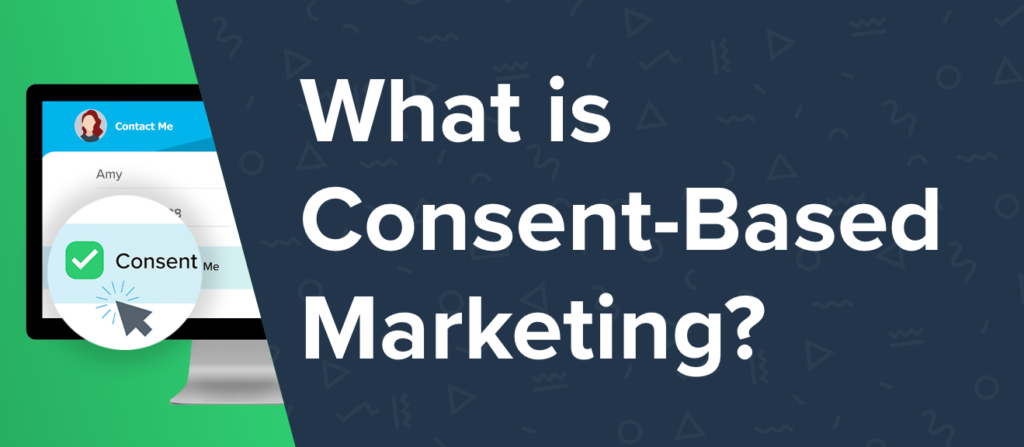What Is Consent-Based Marketing?

Consent-based marketing is the practice of only contacting consumers that have given their prior express written consent to be contacted. The objective is to ensure that only ‘active prospects’, or those who have actively expressed interest in hearing from you, make it into your funnel.
With this form of marketing, you have the added benefit of verifying that the prospect meets your criteria before you contact them. With many marketing partners, you only pay for the prospects that meet your criteria – a huge advantage over other marketing channels.
How is consent-based marketing different from permission marketing?
While they are similar, consent-based marketing is a higher standard. The challenge with permission marketing is that everyone has a different definition of “permission.” Often “permission” is buried in a privacy policy that the prospect never saw. In contrast, consent-based marketing is based on the legal definition of consent, per regulations like the Telephone Consumer Protection Act. Consent must be clear and conspicuous to the consumer. Brands that truly respect the relationship with their consumers show that respect by only reaching out with consent.
So, how does consent-based marketing actually work?
Consent-based marketing is done through five steps:
- Capture consent of interested consumers
Consent-based marketing begins with an interested consumer. When that consumer provides their contact information, typically responding to some sort of offer from the marketer, they are asking to start the conversation. That is the start of the relationship.
- Document consent for legal compliance
There are a variety of regulations that govern contacting consumers with marketing messages, in particular the Telephone Consumer Protection Act. If you have documented prior express written consent, you can contact consumers on their cell phones, via SMS, or using automated dialing technologies. Documented consent allows you to demonstrate compliance and protect yourself from liability.
- Qualify & enhance lead data
Once you have received the opt-in lead with documented consent, you can use the information submitted by the consumer to help you identify the prospects most likely to become your best customers. Typically, this involves first checking if you have an existing relationship with this consumer (is this a duplicate of an existing record?). Using real-time data services to enhance your lead data, you can identify more qualifying information about the consumer.
- Filter & reject lead data
Inevitably you will receive leads that, for a variety of reasons, will never become customers. They might be fraudulent, uncontactable, duplicates, or simply not qualified. It’s important to have a system in place that will filter out, in real time, any leads that don’t meet any of your qualifying criteria. Many cost-per-lead marketing partners won’t charge marketers for leads that are rejected in real-time.
- Contact the consumer promptly
After requesting contact, consumers expect to hear from you promptly. It is important that the lead data is delivered into your CRM, database, or call center in real-time. For example, every form submission should be followed up by a real-time confirmation email. This is standard practice. In fact, there have been a number of studies on lead follow-up that show the quicker the follow-up, the higher the conversion rates.
Many of the top content marketing agencies use this strategy to help brands convert leads into consumers. With the right processes and technologies in place, consent-based marketing can be the best channel to efficiently and safely acquire customers who truly want to be contacted by your brand.
To learn more about how consent-based marketing could benefit your business, contact us today.


